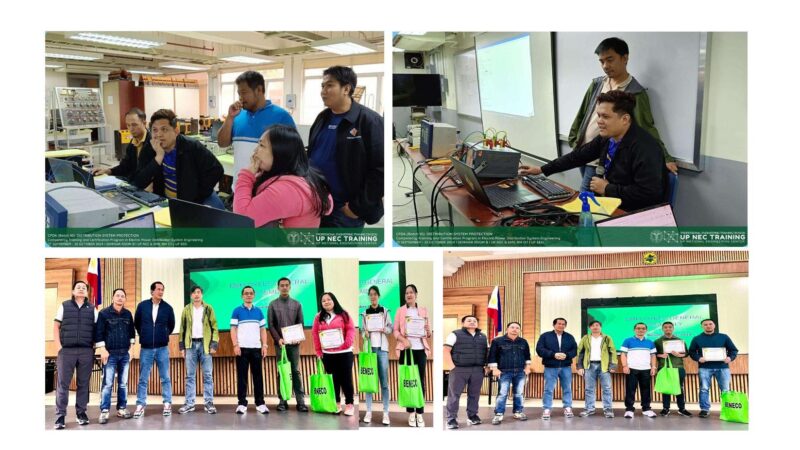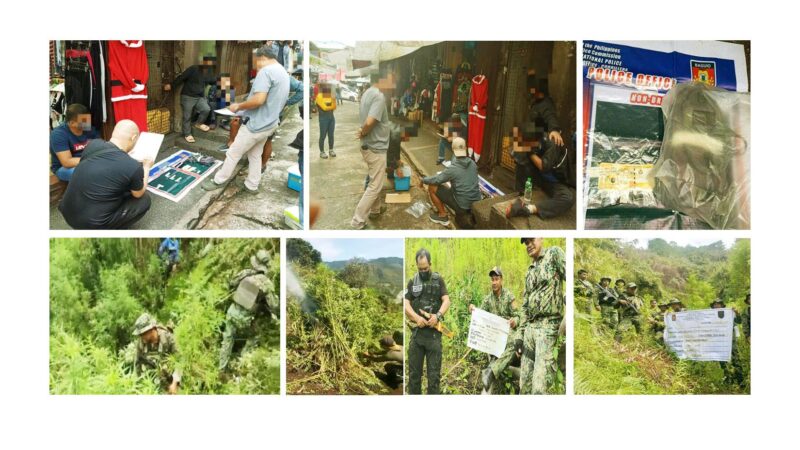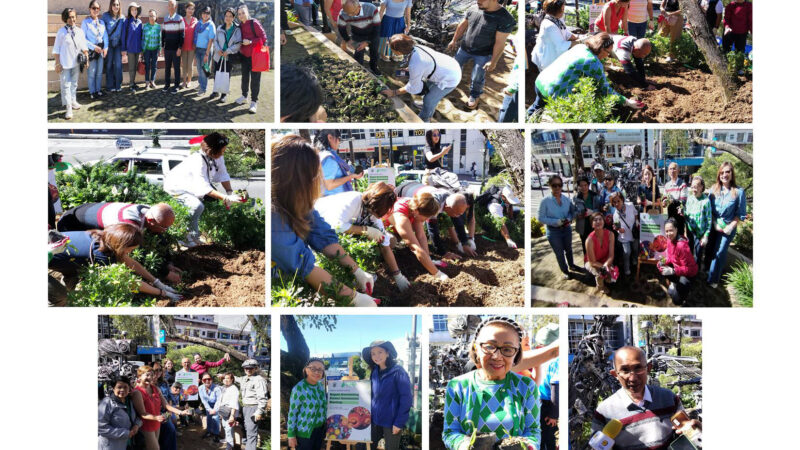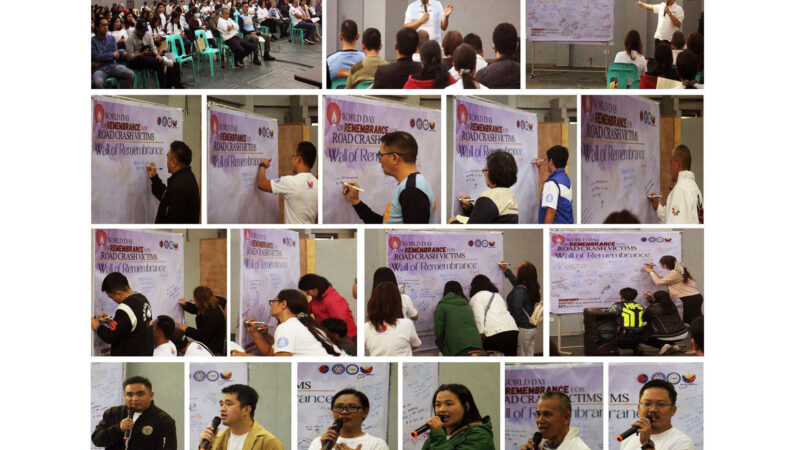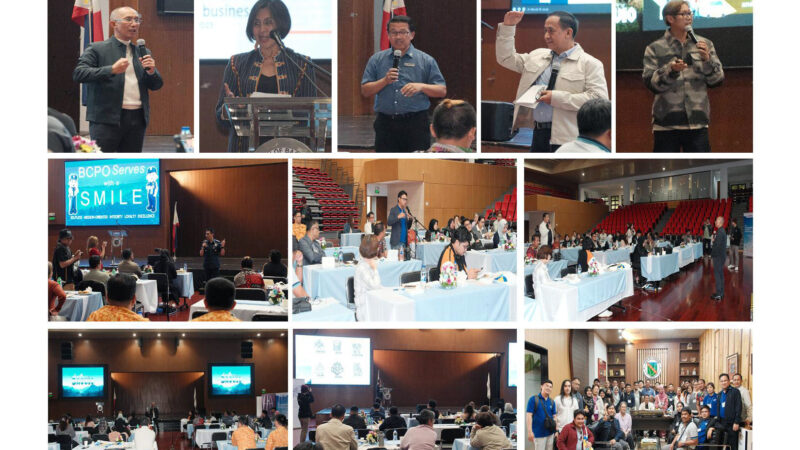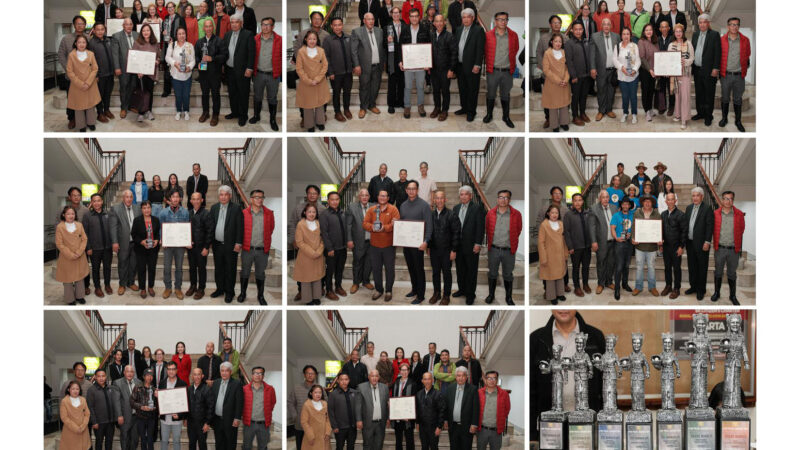Air pollutants higher in populated areas – study

Barangays with the highest populations and residents have the highest contribution to air pollution and carbon emissions according to an inventory conducted by the Clean Air Asia.
Clean Air Asia, an international non-governmental organization, recently released the result of its emissions inventory in the Summer Capital using 2019 as baseline data.
The study assed air pollutants in particulate matters (PM) 10 and 2.5, carbon monoxide, sulphur dioxide, and nitric oxide as well as greenhouse gasses particularly carbon dioxide, nitrogen dioxide and methane including short-lived climate pollutants called black carbon.
Air pollutants in Baguio comprised 74 percent carbon monoxide, 21 percent nitric oxide, and one percent methane while climate pollutants comprised 89 percent carbon dioxide, six percent non-methane volatile organic compound (NMVOC) and five percent methane.
In terms of magnitude, the climate pollutant priority concern in the city is carbon dioxide and carbon monoxide for criteria air pollutants
“Carbon dioxide’s main source is residential household fuel combustion for cooking while carbon monoxide emissions almost entirely from motor vehicle emissions,” the study revealed.
The study revealed that Irisan having the widest land area and the most populated barangay in the city also logged the highest number of air pollutants followed by Camp 7, Asin Road, Bakakeng Central, Loakan Proper, Bakakeng North, San Luis Village, Pinsao Proper, Gibraltar and Fairview Village.
“Since Brgy. Irisan has the highest number of residents, this also explains the high emissions mostly contributed by residential area sources. In Brgy. Loakan Apugan, the contribution of point sources (generator sets) from economic zone industries and mobile sources are also significant,” the study revealed.
In terms of contributing sectors, road transport (mobile sources) almost entirely comprised criteria air pollutant emissions at 94%; area sources significantly contributed (70%) climate emissions, followed by mobile sources (25%).
Baguio roads with the highest emissions were: Quirino Highway (Baguio-Bauang) – 1,040.46 tons per year or 24.3% of total emissions; Marcos Highway – 496.64 or 11.6%; Kennon Road – 258.76 or 6%; Quezon Hill Road 1 – 186.36 or 4.4%; Magsaysay Avenue – La Trinidad Road – 136.56 or 3.2%; Leonard Wood Road – 133.64 or 3.1%; Bokawkan Road – 110.32 or 2.6 percent; Ferguson Road – 98.07 or 2.3%; Loakan Road – 87.72 or 2%; and, Legarda Road – 68.70 or 1.6%.
Majority of the road length of Quirino Highway (Baguio-Bauang Rd, road with highest emissions) traverses Brgy. Irisan.
As to jeep routes with highest emissions, Dontogan – Sto. Tomas-Green Valley-Balacbac with 100 units topped the list at 1,412.45 tons/year or 11.1%; followed by Trancoville District Line – 154 units at 1,319.25 or 10.4%; Aurora Hill District Line – 150 units at 1,076.97 or 8.5%; Kennon Line – 158 units at 914.04 or 7.2%; Quirino Highway Line – 116 units at 862.02 or 6.8%; and, Bakakeng Line – 113 units at 862.02 or 6.8%.
As a way forward, Clean Air Asia recommends emission reduction measures to be implemented by the city government, particularly the promotion of vehicle inspection and maintenance in congested areas.
It also recommends enhancement of anti-smoke belching campaigns, covering driver education and penalties as well as planning for the transition to ban two-stroke motorcycles; establishment of low emission zones and routes in areas of high priorities where only electric vehicles (euro4 and above) can operate; and, improvement of pedestrian areas, biking policies and related infrastructures.
Point-to-point shuttle services using modern vehicles or e-vehicles for tourist spots such as parks are highly encouraged to discourage single occupancy vehicle use.
Promotion of efficient cookstoves to reduce fuel consumption is likewise suggested.
The team recommends the strengthening of solid waste management efforts, reducing waste production; ensure proper handling of solid waste in landfills and sanitary treatment plants; promote methane collection processes; promotion of energy conservation and efficiency in commercial and residential establishments; promotion of the use of renewable energy; promotion of green building design and practices including use of low volatile organic compound paints; as well as enforcement of dust control practices in construction areas.
Facilitating timely data sharing with environment agencies in relation to enforcing compliance of industries to the Philippine Clean Air Act is also recommended to improve data collection processes such as requiring industries/establishments to submit data needs during permit renewal among others. – JMPS


